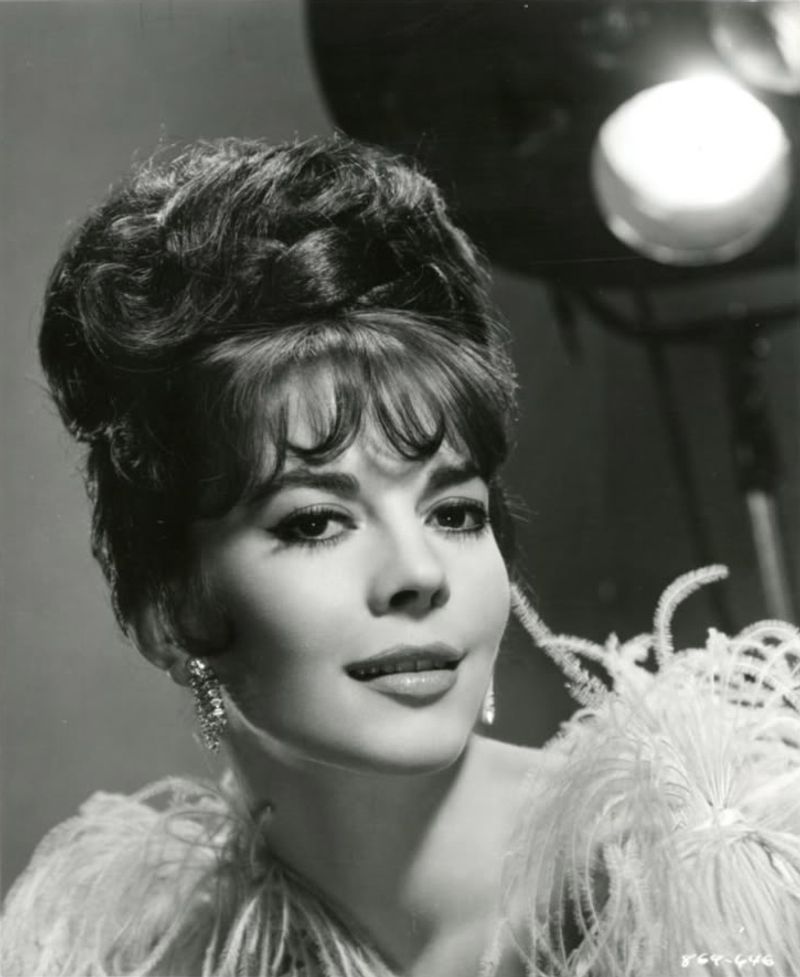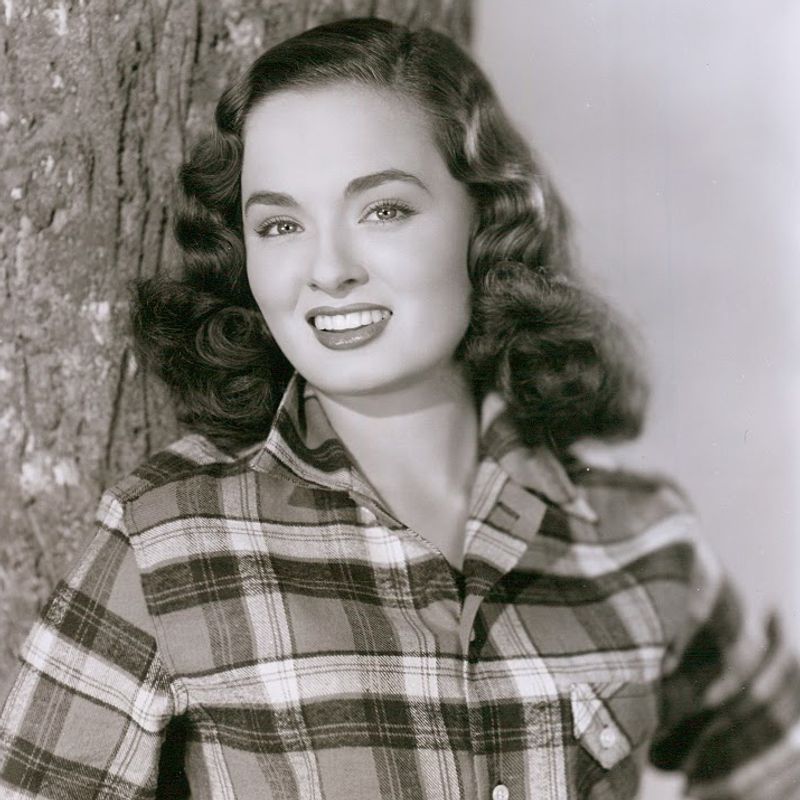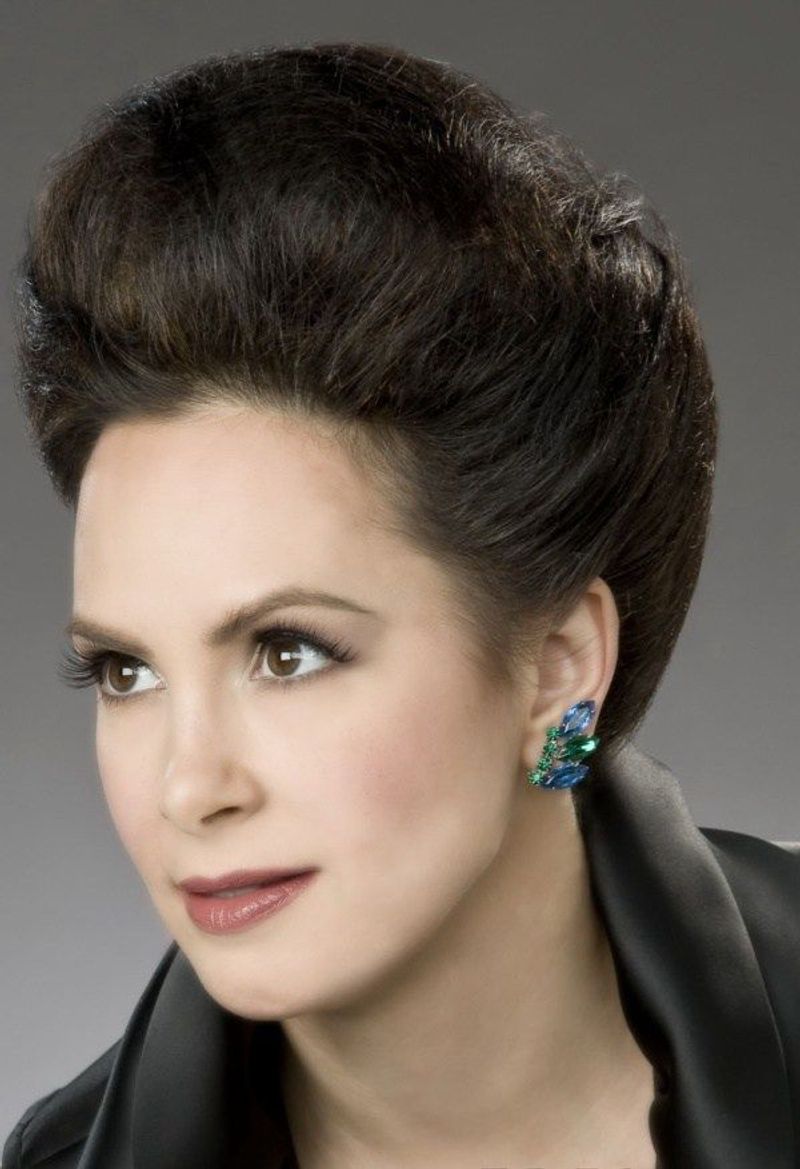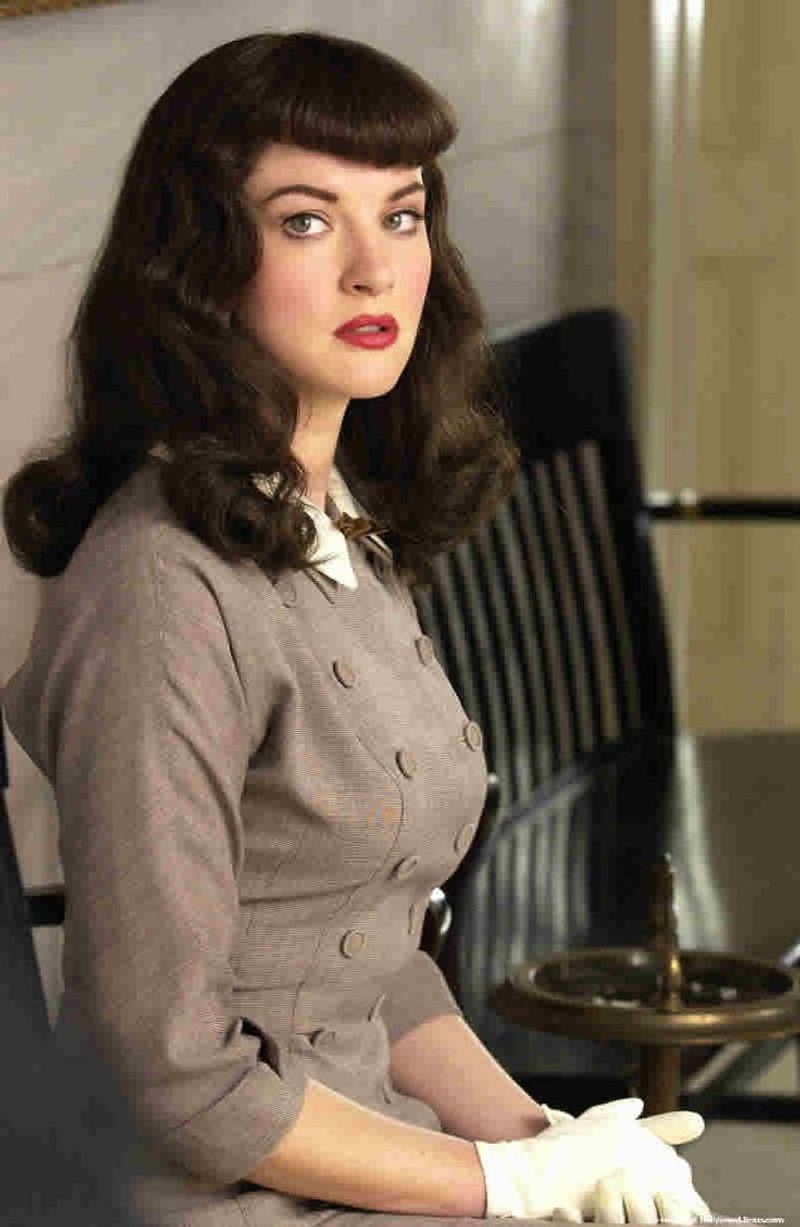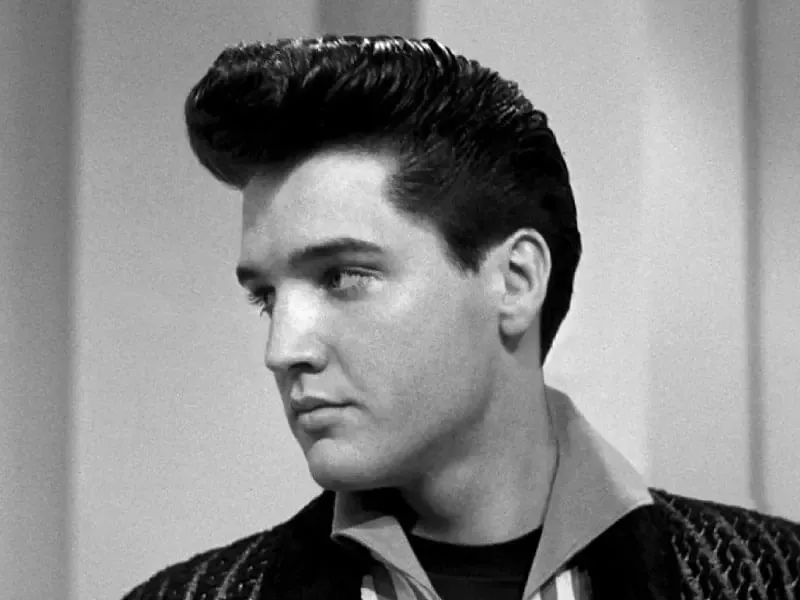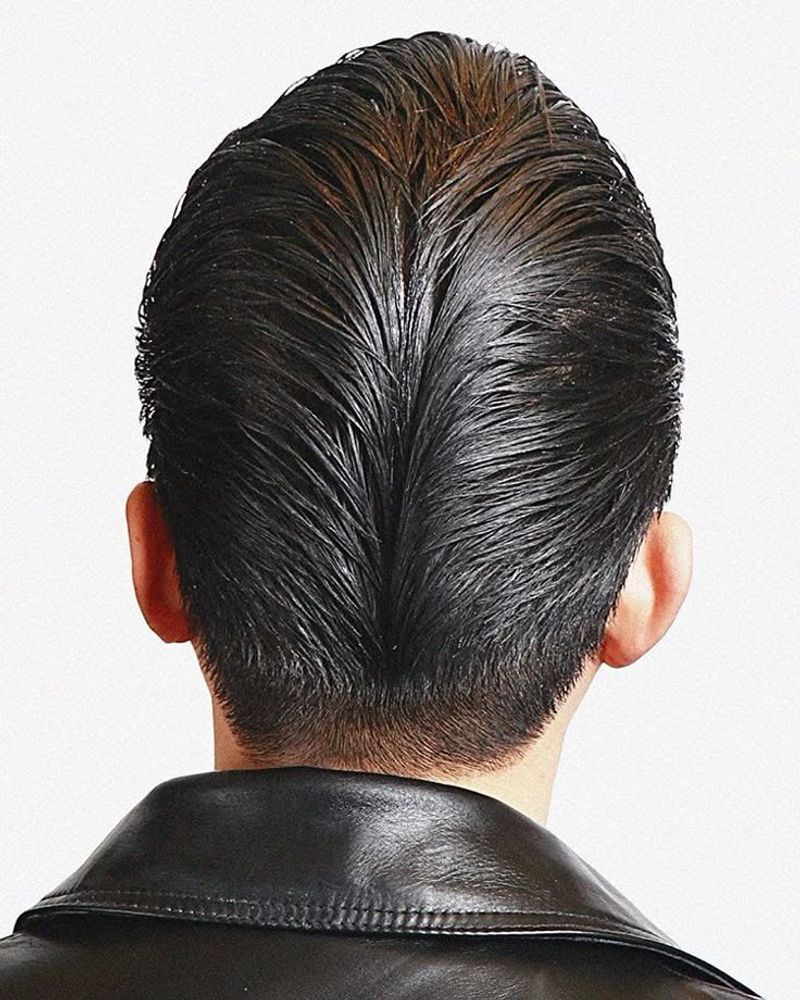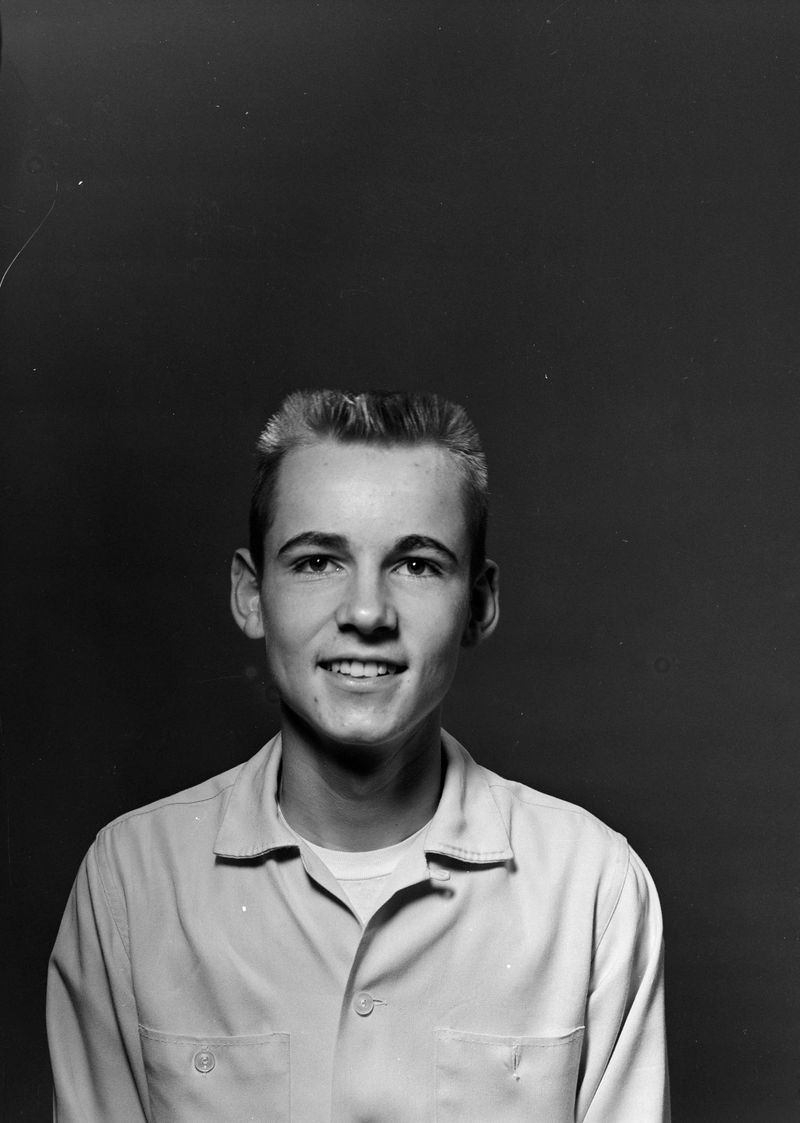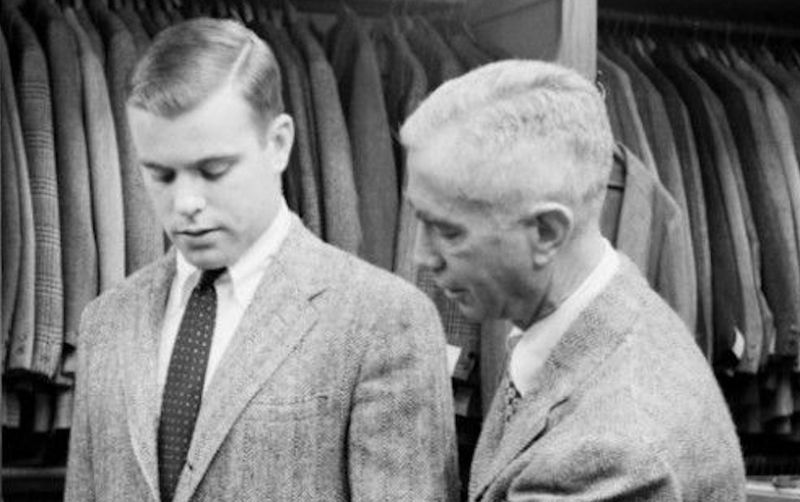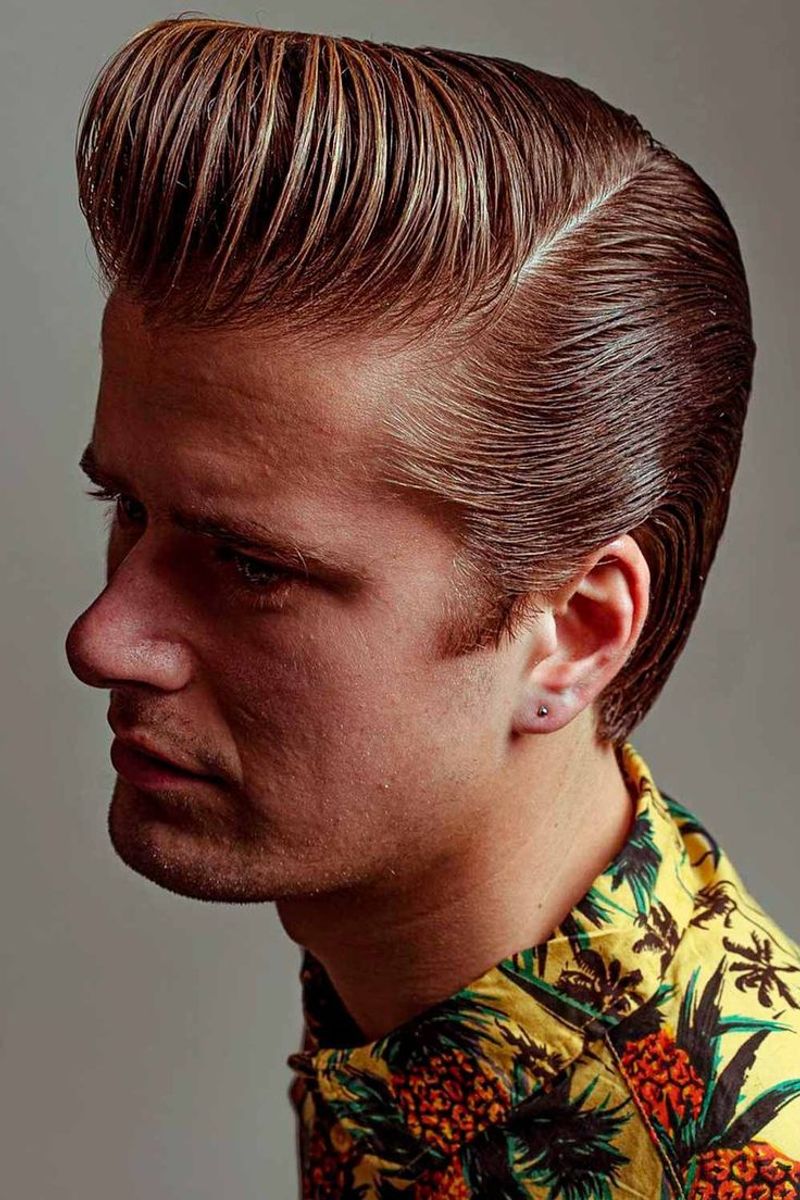The 1950s was a decade of style and grace, where hair was not just an accessory, but a statement. From glamorous curls to sleek, rebellious shapes, hairstyles of this era reflected the cultural and social changes happening around the world.
Women and men alike embraced bold looks that defined their personalities and aspirations.
This post explores 14 iconic hairstyles from the ’50s that continue to influence fashion today, showcasing the creativity and individuality that marked the era.
1. Victory Rolls
Victory Rolls were a glamorous leftover from WWII, embodying elegance and confidence. With voluminous rolls forming near the scalp, this hairstyle was often paired with striking red lipstick and winged eyeliner, creating a dramatic and feminine look. Women wore it as a symbol of victory and empowerment, embracing their new roles in society during the post-war era. It was a style that required skill and precision but rewarded with unmatched charm. Today, Victory Rolls still evoke a sense of nostalgia, representing a time when women were redefining their identities with flair.
2. Poodle Cut
The Poodle Cut, made famous by Lucille Ball, offered a soft, bouncy frame to the face, perfect for chic and confident women of the ’50s. This ultra-curly, short style was playful yet polished, highlighting a woman’s lively spirit and elegance. It was a bold statement that celebrated femininity and individuality. Wearing the Poodle Cut meant embracing creativity and standing out in a crowd. With its unique charm and dynamic appeal, this hairstyle became synonymous with fun and sophistication, leaving a lasting impression on the fashion world.
3. Pageboy
The Pageboy was a sleek and stylish choice for the professional woman of the 1950s. With shoulder-length or shorter hair curled under, it offered a polished and practical look, perfect for the office. This hairstyle embodied the elegance and simplicity of the era, creating a chic silhouette that was both timeless and adaptable. It was a favorite among working women who wanted to maintain a sophisticated appearance without sacrificing convenience. The Pageboy remains a symbol of mid-century modernity, showcasing the beauty of understated elegance and functionality.
4. Beehive
The Beehive began its rise in popularity in the late ’50s, becoming an iconic symbol of boldness and glamour. Teased sky-high and often adorned with accessories, this hairstyle captured the essence of extravagance and confidence. It was a daring look that required creativity and skill, allowing women to express their uniqueness. The Beehive became a fashion phenomenon, influencing hairstyles for decades to come. With its voluminous structure and eye-catching appeal, it stands as a testament to the adventurous spirit of the late ’50s and early ’60s.
5. Pin Curls
Pin Curls were the go-to style for achieving bouncy volume and defined wave patterns. Set using pins or clips, usually overnight, this hairstyle offered a classic vintage glam look. Women in the ’50s embraced Pin Curls for their ability to enhance natural beauty with a touch of sophistication. The process required patience and practice, but the results were worth the effort. Pin Curls reflected the refined and graceful nature of the era, making them a beloved choice for those seeking timeless elegance and charm.
6. Bouffant
The Bouffant was a statement of elegance and poise, capturing the essence of ’50s sophistication. Teased at the crown and smoothed over, it created a full and rounded effect that was both graceful and alluring. This hairstyle became synonymous with iconic figures like Grace Kelly and Jackie Kennedy, representing the pinnacle of refined beauty. The Bouffant’s charm lay in its balance between volume and sleekness, offering a look that was both contemporary and timeless. It remains a celebrated symbol of the era’s glamour and grace.
7. The Italian Cut
Popularized by Gina Lollobrigida, the Italian Cut was a short, curly, layered style that exuded sultriness and exotic appeal. This dramatic yet elegant hairstyle captured the essence of Italian glamour, offering a unique blend of sophistication and allure. Women who embraced the Italian Cut showcased their confidence and willingness to stand out. It was a style that celebrated individuality and creativity, reflecting the vibrant spirit of the era. The Italian Cut continues to inspire, embodying a timeless charm that transcends cultural boundaries.
8. Betty Page Bangs
Betty Page Bangs, characterized by thick and blunt fringe, paired with long, dark curls, became an iconic look associated with the pin-up culture of the ’50s. This style was equal parts sweet and seductive, capturing the playful yet mysterious allure of the era. Women who wore Betty Page Bangs expressed their individuality and embraced a bold, creative flair. It was a hairstyle that symbolized both rebellion and femininity, offering a perfect balance between edginess and elegance. Today, it remains a beloved choice for those seeking vintage-inspired charm.
9. The Pompadour
The Pompadour, made famous by icons like Elvis Presley and James Dean, was a high-volume hairstyle that defined ’50s masculinity and rebellion. With hair piled high and slicked back with pomade, it was a look that demanded attention. The Pompadour symbolized youthful defiance and charm, capturing the spirit of rock ‘n’ roll and the cultural shifts of the era. Men who sported this style exuded confidence and charisma, making the Pompadour a timeless classic that continues to inspire contemporary fashion.
10. The Ducktail (D.A.)
The Ducktail, or D.A., was a hairstyle that epitomized the rebellious spirit of the ’50s. Sides were combed back to meet at the nape, creating a shape reminiscent of a duck’s rear. Popular among greasers and rebellious teens, the Ducktail was more than just a hairstyle; it was a statement. It symbolized a break from tradition and an embrace of individuality and nonconformity. With its edgy appeal and distinctive silhouette, the Ducktail remains an enduring icon of the ’50s subculture, capturing the essence of youthful rebellion.
11. Crew Cut
The Crew Cut was synonymous with all-American charm and military-inspired discipline. Short on top and tapered on the sides, it offered a clean and practical look that suited athletes and servicemen alike. The Crew Cut was more than a style; it reflected the values of the era, emphasizing simplicity, order, and respectability. Wearing a Crew Cut meant embracing a no-nonsense approach to life, with a focus on efficiency and tradition. It remains a timeless choice for those seeking a straightforward yet stylish appearance.
12. Flat Top
The Flat Top was a distinctive variation of the crew cut, with hair buzzed flat across the top of the head. Favored by athletes and servicemen, it offered a bold and modern look that emphasized strength and discipline. The Flat Top was more than a trend; it was a lifestyle choice, reflecting a commitment to excellence and a competitive spirit. This hairstyle was both practical and striking, making it a popular choice for those who valued form and function. The Flat Top continues to be celebrated for its unique silhouette and enduring appeal.
13. Ivy League Cut
The Ivy League Cut was the collegiate choice of the ’50s, offering a preppy and polished look. A slightly longer version of the crew cut, it featured a side part and a touch of length for added sophistication. This hairstyle was popular among young men who valued education and tradition, embodying the spirit of academia and youthful ambition. The Ivy League Cut represented a connection to heritage and excellence, making it a favorite among aspiring leaders and scholars. It continues to be a symbol of classic style and intellectual elegance.
14. Side-Parted Slick Back
The Side-Parted Slick Back offered a mature and elegant look for the discerning gentleman. Hair was slicked back with a sharp side part, using pomade or Brylcreem to achieve a smooth finish. This hairstyle was synonymous with sophistication and professionalism, perfect for business settings and formal occasions. The Side-Parted Slick Back represented refinement and class, embodying the values of the era. It was a style that conveyed confidence and authority, making it a timeless favorite for those seeking to make a lasting impression.




